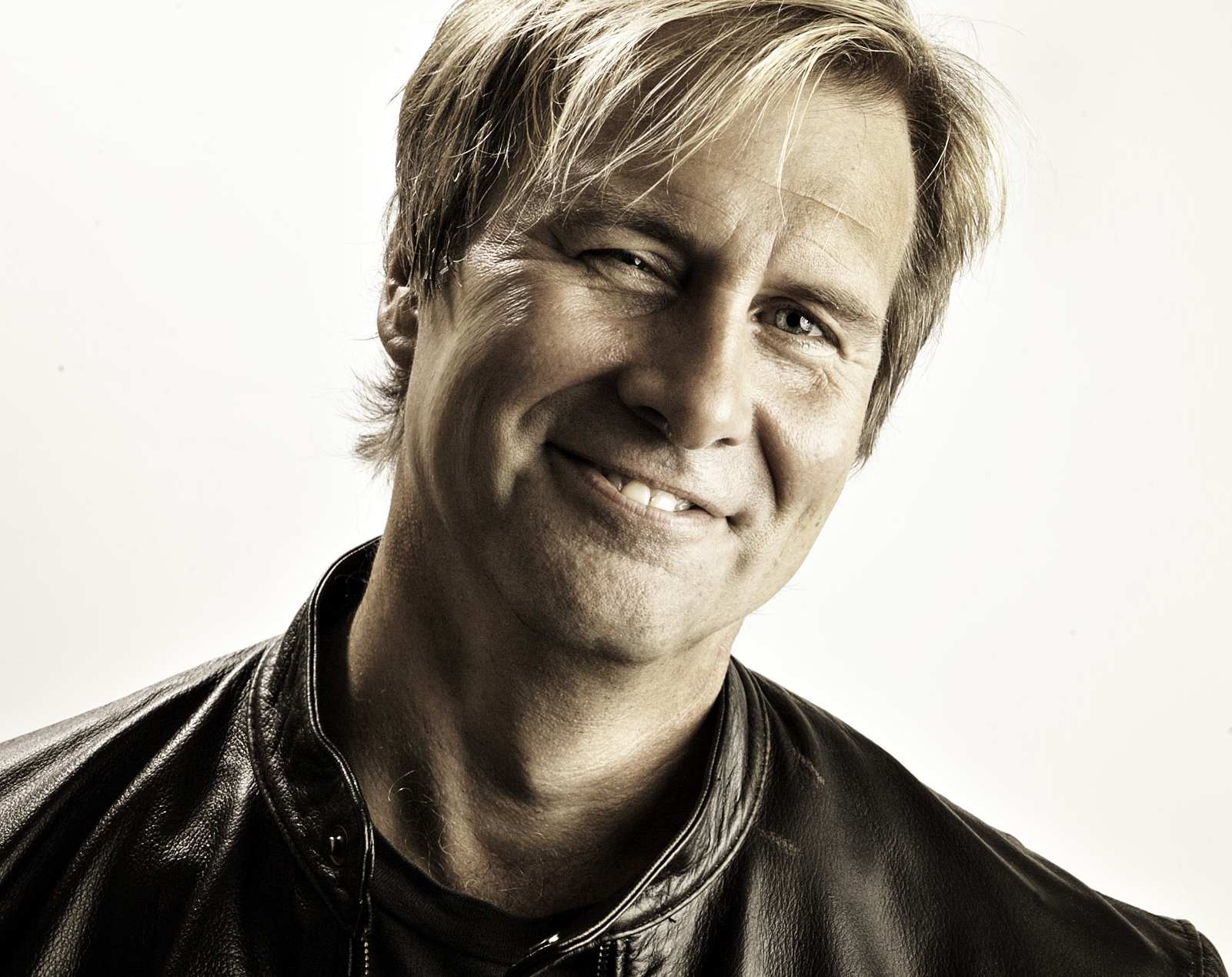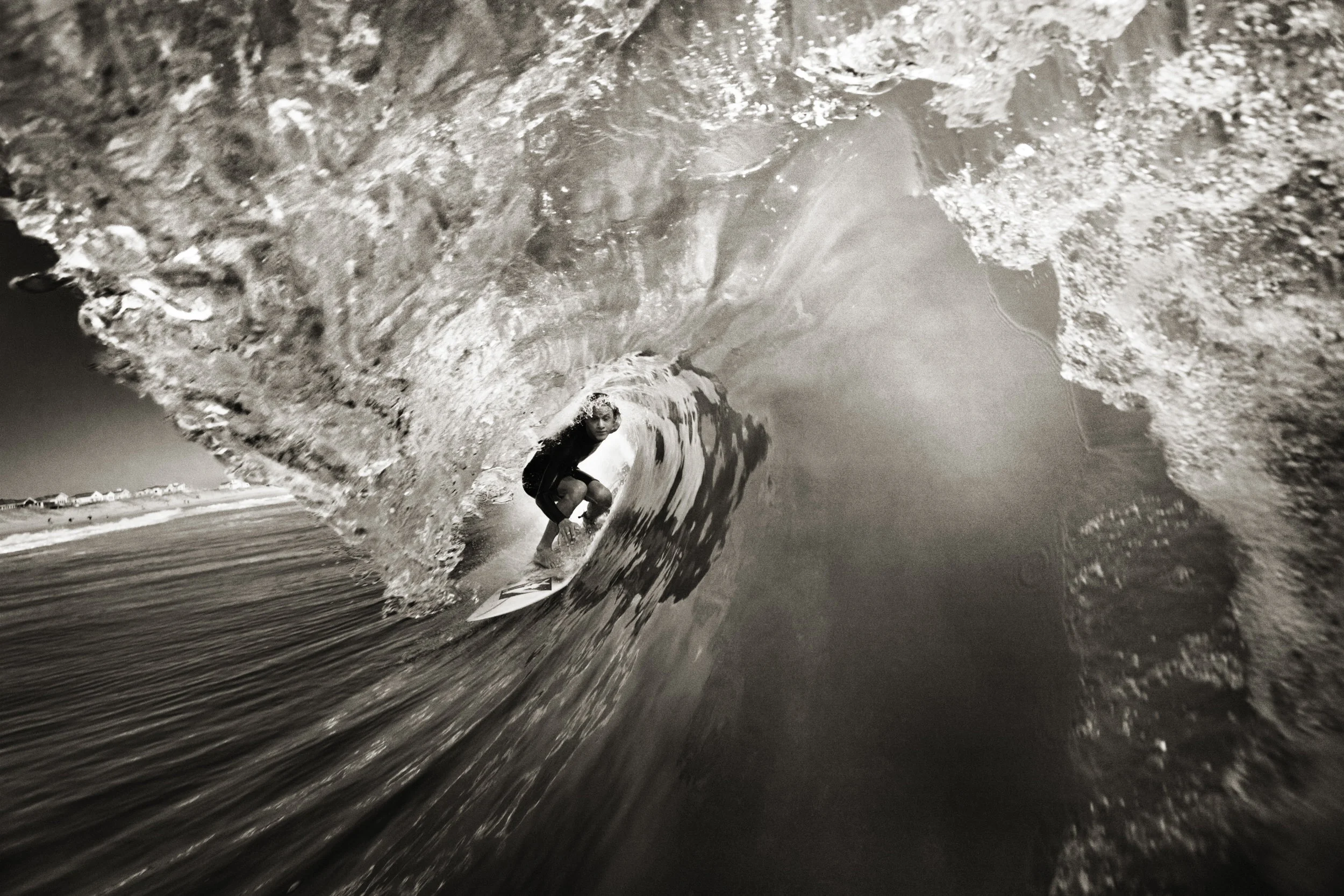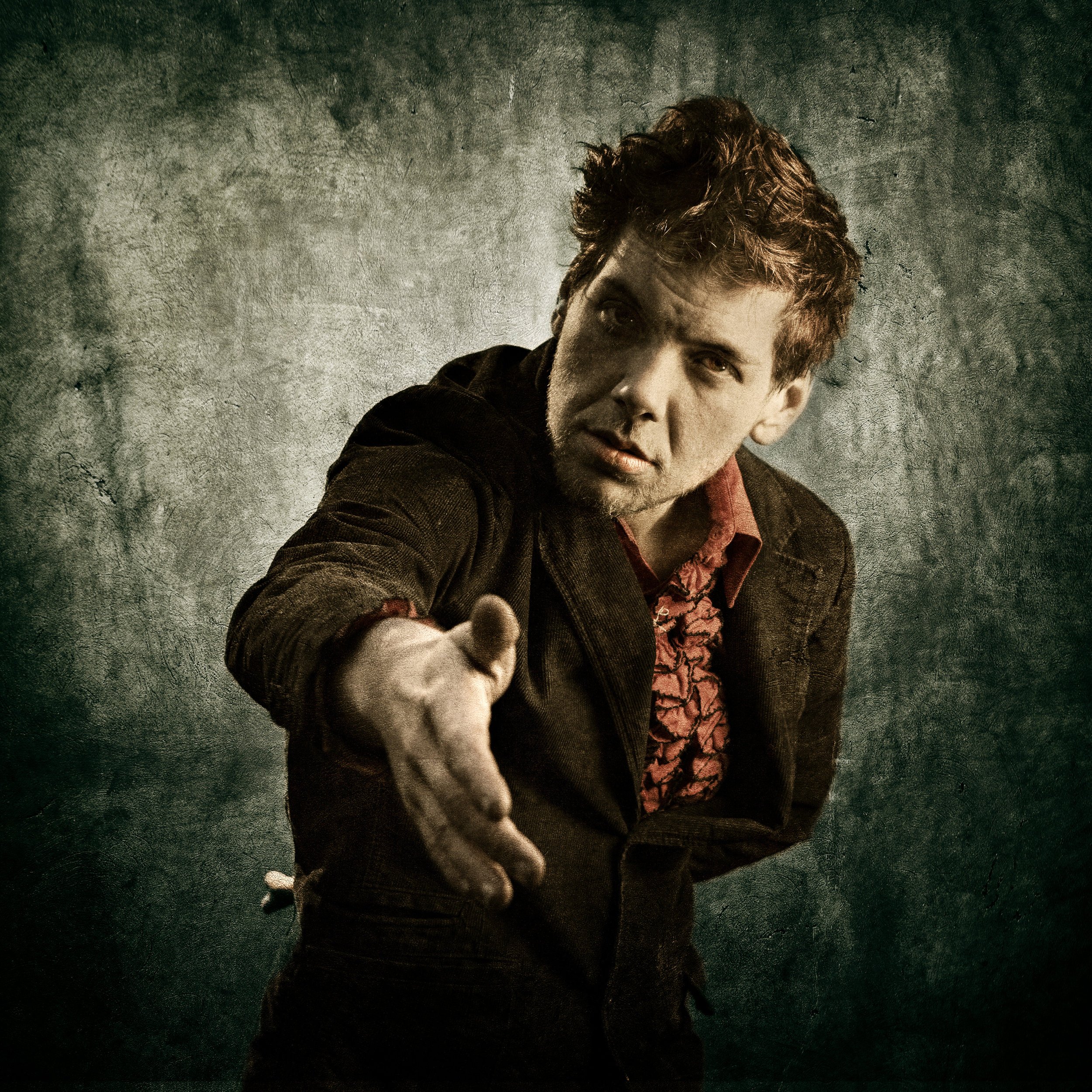biographic
(Third-Person Elevator Pitch):
Christopher Bickford is a freelance photographer and writer, currently located in Nashville, Tennessee. He has shot for the New York Times, National Geographic, NPR, Time Magazine, Captain Morgan Rum, The Grand Ole Opry, Milepost Magazine, Carnival Music Company, and various international publications.
He is the author of Legends of the Sandbar (Burn Books), a visual and written ode to the surf culture of the Outer Banks of North Carolina, which has garnered high praise and been featured in The Surfer's Journal, the New York Times Lens Blog, Surfline.com, VISION Magazine, and on innumerable sports, lifestyle, and photography blogs. Surfline dubbed it “a visually mesmerizing poetic triumph”, Outside Magazine called it “The most striking surf project we’ve seen in years” and the NYTimes called it a “book of fantastical images that make you feel as if you are in the tumult of the raging ocean.” The book is available on Amazon, in select bookstores across the country, and through the official website for the project (link above).
In his professional life Chris has worked on a wide variety of assignments and projects. He has been on barges out in the Gulf of Mexico photographing the confusion of cleanup efforts after the Deepwater Horizon disaster. He has twice been to Haiti to document the efforts of the World Food Program, and to wander the tent cities, capturing the life of a nation living amid rubble and ruins after the devastating earthquake of 2010. He has documented post-disaster cleanup operations on the East Coast by trucks with cranes that look like giant robots. He has scuba-dived the murky waters off of Panama with marine archaeologists in search of the lost ships of Captain Morgan. He has flown over Kauai in a helicopter, over Kona in a motorized glider, over the Florida Panhandle in a Cessna. He descended 150 feet down the Bloody Bay Wall in the Cayman islands to get a view of divers far above against the ridgeline. He has attached his camera to wing struts, sailboat hulls, automobile hoods. He has spent countless hours swimming inside the churning waters of the Outer Banks, photographing the local surf heroes and studying the shapes that waterborne energy makes as it dies its violent death against the obstruction of landfall. He has documented Carnival celebrations around the world: from the fantastical masquerade balls and ancient legend-rich spectacles of Venice, to the sexy samba street parties of Rio, to the socially complex and endlessly fascinating Mardi Gras culture of New Orleans, to the surreal — and at times violent — Courir de Mardi Gras of rural Louisiana. He has photographed famous and almost-famous musicians — live, in the studio, and in a multitude of locations. He worked as a cameraman for a video project on Medal of Honor recipients for the Grand Ole Opry. He worked as the Director of Photography on a long-form video for International Youth Hostels promoting respect for cultural diversity. He DP’d an independent film that had to be scuttled due to lack of funds. He has shot and directed music videos. And he has photograhed over 200 weddings.
Bickford's photographic specialties include portraiture (both environmental and in-studio), news and documentary work, travel photography, in- and under- water photography, and just about anything you ask him to do. He also shoots and edits video, some of which will soon appear on this site. He is currently working predominantly in the music industry, developing visual and conceptual content for various up-and-coming and veteran artists in Nashville. He also does the occasional wedding, so don't be afraid to ask.
Bickford's stock photography portfolio is currently represented by the National Geographic Creative agency. For commissions, promotional work, freelance video work, commercial photography, editorial work, or any other inquiries you can contact him directly here. He is available for work worldwide, but if you're in Nashville, that makes things a whole lot easier.
(Wow, that was a long elevator ride.)
(First-person Faintly Intellectual Artist's Statement):
It’s a big world out there. A great big world of stone and water, mud and sand and rain, watersheds and trade routes, cities, people, history. There’s entirely too much to think about, entirely too much to see, entirely too much to learn. Every question begs a new question, every solution creates new problems; and as I’ve grown older I’ve begun to realize that, though we seek to find answers, it is the questions that motivate us. It is the questions that send us far from our homes, far beyond our comfort levels, with hearts and minds open and attuned to new possibilities and new discoveries. What we encounter along the way may not answer the original questions; but if we didn’t have that burning curiosity to find out, we’d never have gotten out the door.
I've tried my hand at a lot of things at my life, with varying degrees of success. I became a photographer pretty much by accident, when after a decade of misadventures in far-flung places I ended up on the Outer Banks of North Carolina, a place I often returned to in order to recuperate from my slingshot odysseys. My first full winter there was an extremely cold one, full of snow and ice and crazy storms. Turned on by the rawness of it all, I borrowed my father’s old Nikon FM2, bought a cheap wide-angle lens and a few filters, and started photographing the dunes, the ocean, the ever-changing sky. I knew my way around a camera, which I’d used often in art settings to create hybrid work, but it wasn’t until I started paying attention to the way the light danced upon, around, and through the sand-dunes and clouds and white-caps and fields of sea-grass on this wild Atlantic outpost, did the potential of photography as a medium for seeing the world and exploring the world really hit home. Looking back, I don’t know why it took me so long.
I developed my chops, as many photographers do, working as a wedding photographer in the robust destination wedding industry on the Outer Banks. After about two years, flushed with almost immediate success and finding my bank account swollen with easy money, I underwent a series of crises, both personal and professional, which led me on a quest to turn my vocation into art, and my art back into a different kind of vocation. After launching a number of self-funded personal projects and finding my way to the inboxes and phone numbers of various editors, I entered the wider world of photojournalism and travel photography, which, while not being the ticket to fame and fortune I’d originally imagined it to be, has nonetheless provided me with some great opportunities and has expanded my sense of what it means to be both a professional and an artists. It turns out the two aspects of one’s career rarely line up perfectly, but each informs, energizes, and finances the other in a way that, if one is persistent and patient, leads to opportunities big and small, a continuing mastery of craft, and, with luck and sweat, a few artifacts to leave behind that say, “I was here, and this is what I saw.”
Recently I have been working mostly in the Nashville music industry, photographing artists and songwriters, both in studio and performance settings, and I find a whole new world opening up to me. It may not be the most interesting time in rock'n'roll history, but as both a fan and a musician myself, I find something compelling about capturing the essence of an artist whose medium is pure sound, through the medium of pure imagery.
The more I shoot, the more fascinated I am with what these things called photographs can do, and what they can mean to people. The human family is gifted with an incredible capacity to exchange ideas, concepts, and feelings through imagery, and throughout our history we have incrementally placed greater and greater value on the skill of passing pictures from one mind’s eye to another. From the caves at Lascaux to Rembrandt and Monet, on through into the digital age, humans have sought to stop time in its tracks, to recreate reality on a two-dimensional plane, and say to others, Look. See what I saw. Consequently the collective mind has become rich in iconography, which we draw upon and add layers to over time. Photographers especially are attuned to this power. These two-dimensional rectangular entities we produce have the power to infiltrate a limitless number of mind's-eyes with precision and regularity; and by thus syncing the spaces within our inner visual dioramas, still images can influence how, as a people, we collectively envision the world.
I see a particular power in the ability to understand the architecture of that communal imaginarium and breathe new life into it by capturing moments, characters, and scenes that strike some kind of chord within the visual chamber, and creating a sort of quotidian mythos out of them. And this, in my small way, is what I seek to achieve in my work.
I’m not a specialist. I’m not the go-to guy for underwater photography, aerial photography, lions, bears, eagles, Russia, China, or archaeological finds. For better or for worse, my interests are varied, and my subject matter is diverse. It all has meaning and coherence to me, but it makes for a difficult and long-winded elevator pitch, as you know if you've read this far.
The upside of this is that I’ve developed a versatile skillset, which I can bring to bear on a great variety of projects. I can shoot in the studio, in the field, underwater, in the air. I can capture people at work and play. I can shoot landscapes, cityscapes, seascapes. I can design. I can shoot portraits, headshots, architecture, food. I can work in the dark. I know how to use strobes, softboxes, flags, snoots, gobos, HMI’s, motion stabilizers. I can shoot and edit video. And I can write.
Too, I’ve learned over the years, as any good photojournalist must, how to get “in”. Whether it’s with a nod and a smile, a simple request for permission, an official invite, or a slog through bureaucratic channels, I’ve gained experience with a wide array of tactics to get access to the subjects I’ve wanted or been assigned to photograph; and, that being done, how to put them at ease, how to blend with them, move with them, become a part of who they are and what they are doing.
Different situations call for different approaches. You have to be able to creep like a ninja when stealth is required, and command like a general when order is needed. Sometimes you need to work fast, get your shots and move on; sometimes you need to wait all day for the right moment. These are things we all learn as we gain experience in our photographic careers. Sometimes getting access is the most difficult and most stressful aspect of an assignment or project. Sometimes you have to break in, without permission, in spite of the law, in spite of the security. And, occasionally, you have to let the shot go, for ethical or diplomatic reasons. Nothing pains a photographer more than seeing an incredible scene unfolding before their eyes and not being able to photograph it. But sometimes keeping the camera down is the most important move you can make. Sometimes you just need to be a human being, to gain the trust of other human beings. Sometimes you need to become part of what’s going on — to be a participant rather than an observer — to show respect, make friends and allies, and open yourself up to what's really going on outside the narrow two-dimensional rectangle that photographers sometimes mistake for reality.
I started my photography career a little later in life than I would have liked, and I had to skip a few steps along the way to catch up, but I learned very quickly the most important attribute a professional photographer must have, and that is the the ability to produce A-grade work, on demand, on time, regardless of technical, logistical, or meteorological difficulties. If the forecast calls for sun, you better be prepared for rain. If the traffic is jammed up, you jump on a bike. If your camera is malfunctioning, you grab your spare. Whatever it takes to get the shot, you make it happen, no excuses.
On a somewhat higher level of proficiency, I’ve learned the value of good communication with photo clients. If they have a picture in their mind’s eye of what they want, I try to find out what that picture looks like and flesh in the details as much as I can. I’ve learned to ask a lot of questions, and to offer multiple suggestions as to how I might approach a particular shoot. Some clients want you to do your thing; whereas some want you to do their thing. Usually it’s a little of both. So you make a plan, but only as a way to get started, and as a contingency against something special and unexpected not happening. All of this takes a high level of devotion, a personality that can work simultaneously on multiple levels — socially, aesthetically, and technically — at the same time. In many cases a photographer is hired because of his or her style, but it’s not enough just to have a style. You have to be able to take that style and utilize it to complete your assignment in a timely manner, and produce photos that the buyers love. And smile all the time, like you’ve got the best damn job in the world. Because you do.
I’ve got dreams and ideas for projects that could occupy me for the rest of my life, and I wish I could live another 200 years — to see more, learn more, produce more. But reality knocks on the door to my imaginarium, and I wake up to tend to business. Still, the dreams beckon.











